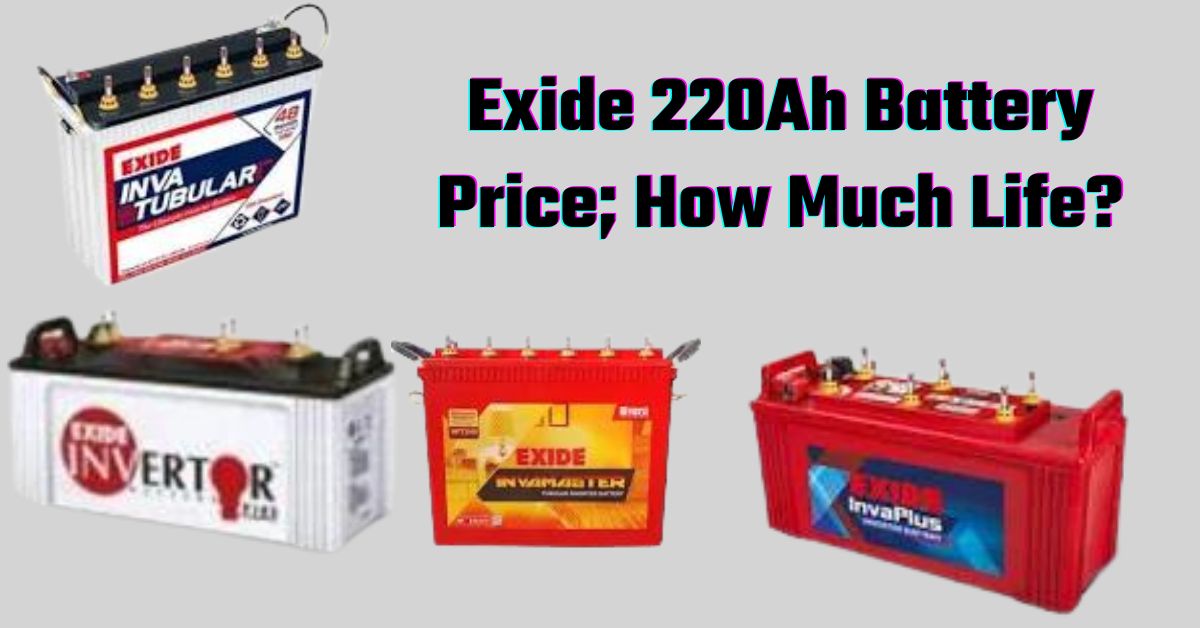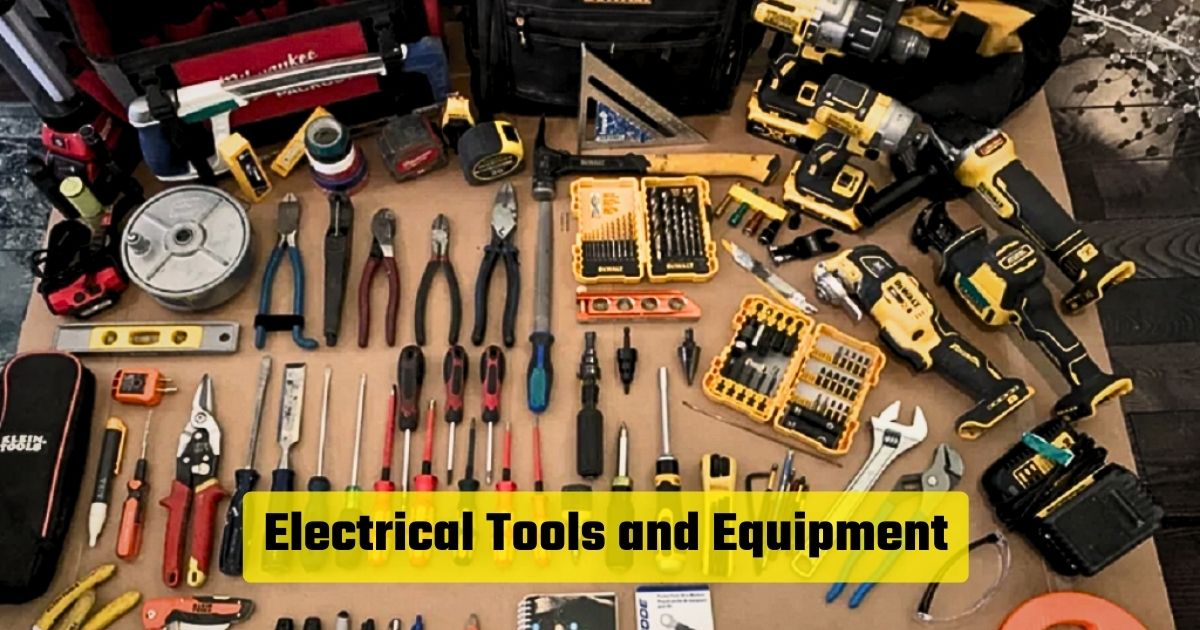what is ac synchronous motor | what is the synchronous motor? | what synchronous motor
Structure Construction: –
The alternator and synchronous motor have almost the same structure and the synchronous alternator can also be run like a synchronous motor. In both the above types of machines, there is only a special difference in energy conversion, which depends on the working principle of the machine concerned.
Synchronous motors have cylindrical rotors with very high-speed two-pole (N and S) rotors, whose dc voltages are provided by slip rings, for oscillation (so that the N and S poles are made).
3 phase supply is provided in the stator of synchronous motors | what is synchronous reluctance motor
At this time the resulting positive pulse of the stator produces the northern pole N, and the resulting negative pulse produces the southern pole s. when DC supply is provided in the round rotor, the North N and South S magnetic poles are generated in the rotor. these N and S magnetic poles of the rotor have an effect on the rotational magnetic field of the stator.

According to the situation displayed in the picture :
Suppose at any moment that the North Pole Ns on the stator, which is at position A, develops the North Pole N of the rotor, then the rotor anti-clockwise tends to rotate in the direction; But due to inertia, the rotor does not rotate quickly. That is, it takes some time to rotate the rotor.
The rotor was about to rotate until T / 2 time ran out; Therefore, after the half cycle, the magnetic pole of the stator changes. That is, pole Ss’ rotate at synchronous speed to A in place of the north pole Ns in the stator and act on the attraction force at the poles of the stator and rotor, which tends to rotate the rotor clockwise direction, i.e. in the opposite direction. rotate) does;


If the rotor is rotated to near synchronous speed (N = 120 * f / P) by an external prime mover and then N and S magnetic poles are produced by supplying DC in the rotor, the stator, and rotor The opposite pole will be mutually attracted and the motor will start running at synchronous speed. After this, the external prime mover can be isolated.
Uses – These motors are used to increase the power factor in those factories where many induction motors are installed, thereby reducing the power factor. They are also used for mechanical power in rubber mills, mines, and large factories.
Also Read: –
- How to protect yourself from the electric arc?
- what is chemical electrode earthing? | chemical electrode earthing | maintenance-free chemical earthing
- WHAT IS THE ELECTRIC ARC (ARC FLASH)?
- How UPS Systems work | What is UPS and how does it work? | Why Do You Need A UPS?
- How to Select an RCCB MA Rating | Factors to Consider When Selecting an RCCB MA Rating






